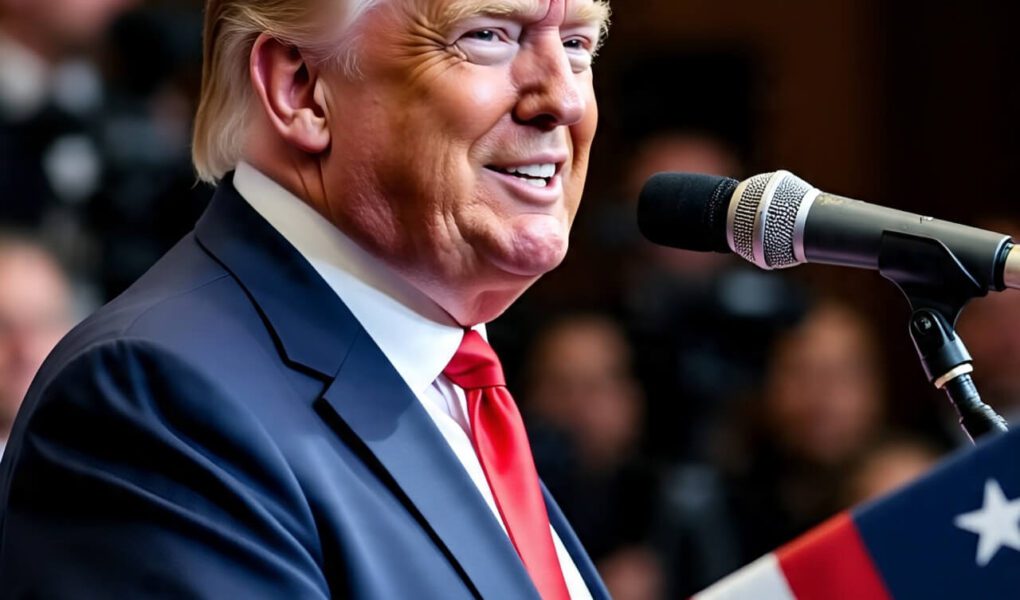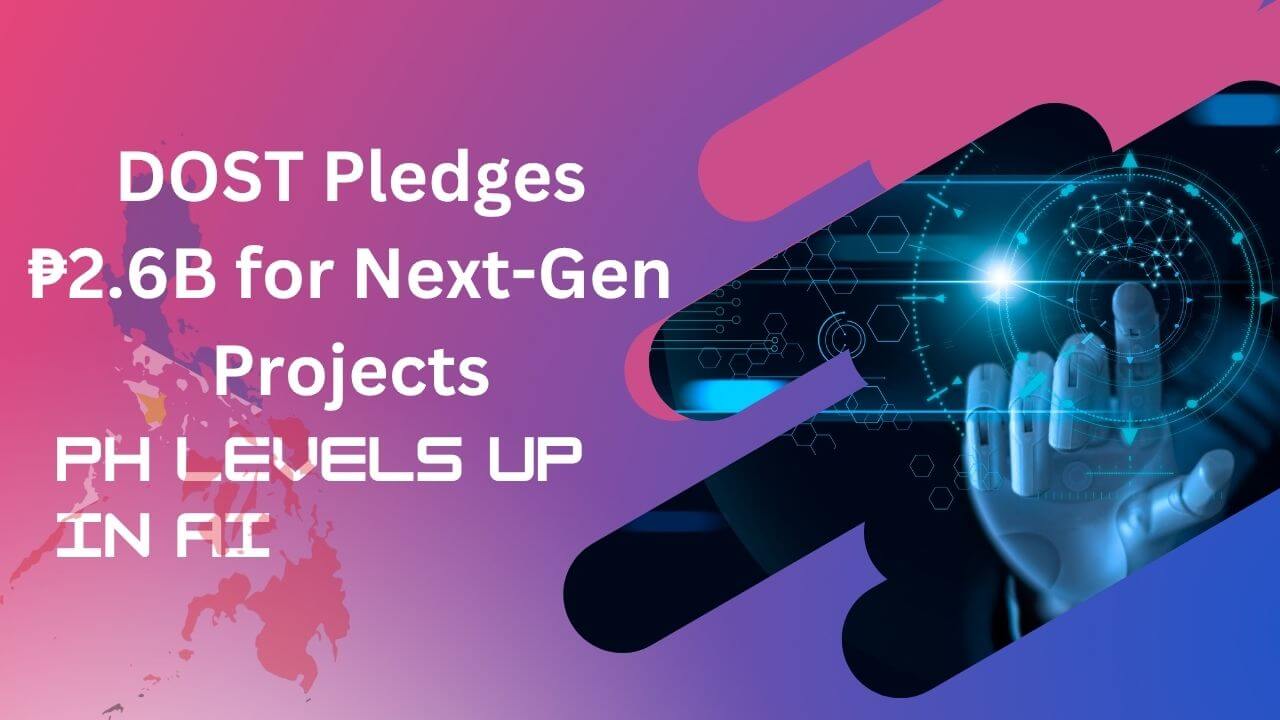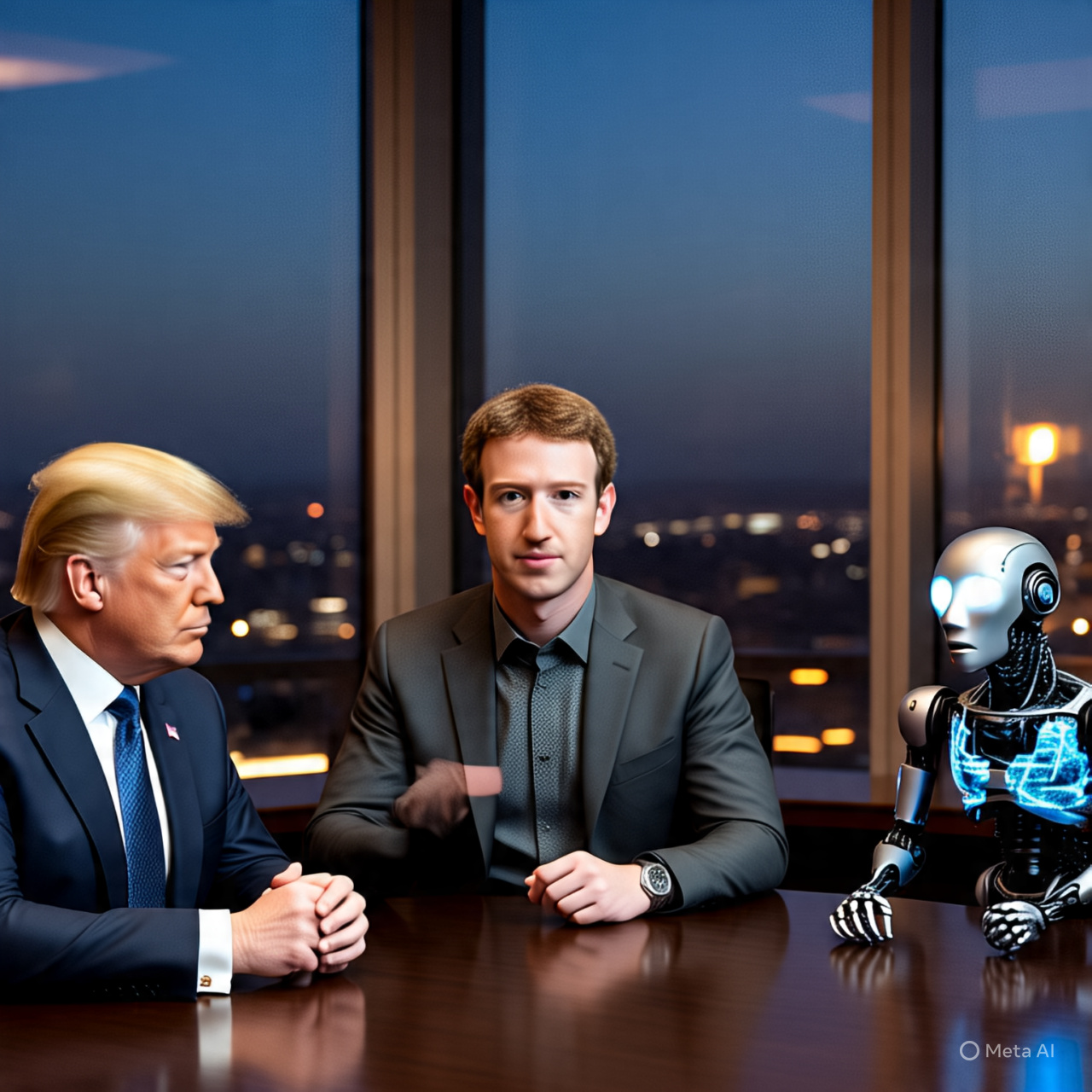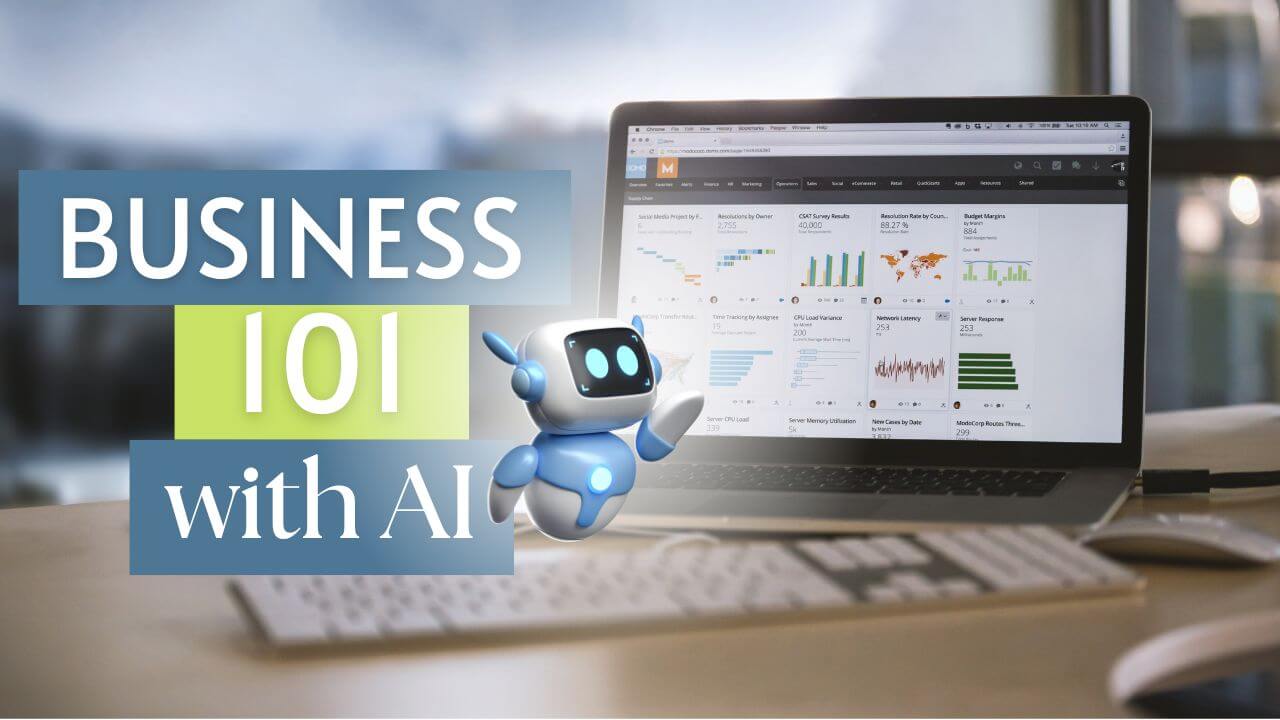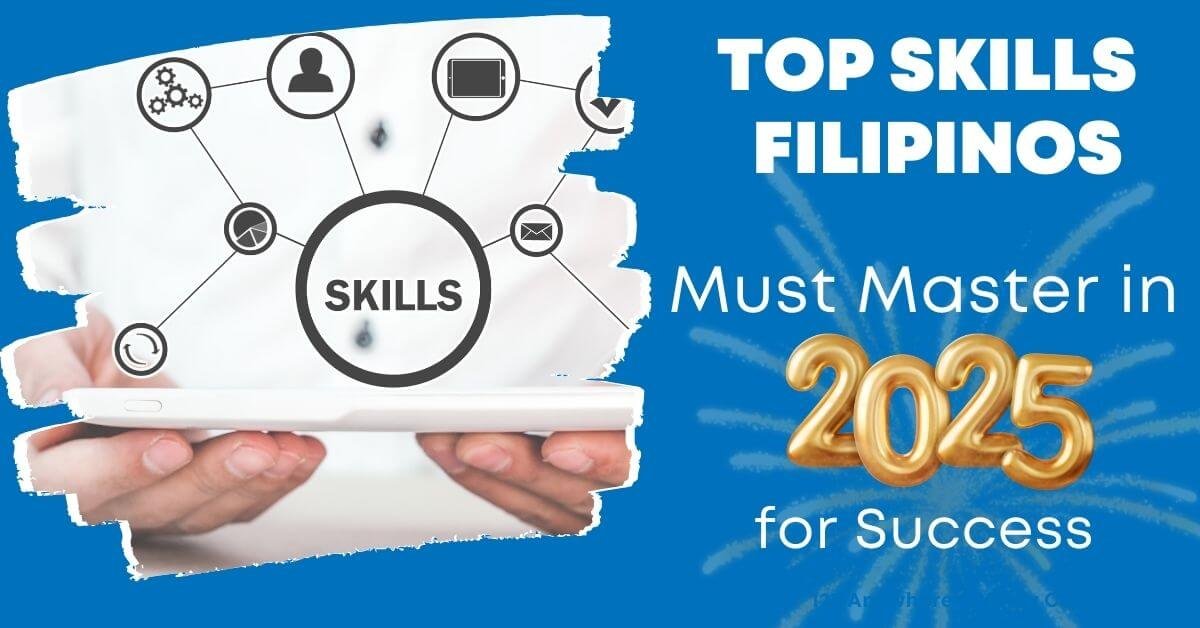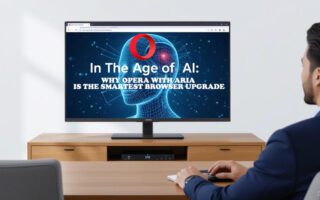As America races to supercharge science with AI, will the benefits reach beyond its borders—or stay locked behind firewalls and funding cuts?
In April 2025, U.S. lawmakers unveiled one of the most ambitious AI-driven science initiatives to date: the American Science Acceleration Project (ASAP). Spearheaded by Senators Martin Heinrich (D-N.M.) and Mike Rounds (R-S.D.), the plan aims to make U.S. scientific research “ten times faster by 2030” by leveraging artificial intelligence to tackle grand challenges—from nuclear fusion to medical breakthroughs.
The proposal has drawn support from tech giants like Microsoft, Google, OpenAI, and Anthropic, as well as nearly 80 other organizations. But it also faces a political storm: the Trump administration is simultaneously slashing billions in science funding, triggering layoffs and protests from over 2,000 U.S. scientists.
So what does this mean for the Philippines?
🧠 What Is ASAP, Really?
ASAP is a blueprint—not yet law—that proposes:
- Opening up scientific data for AI training
- Automating research workflows using AI agents
- Streamlining regulations to bring discoveries to market faster
- Boosting public-private collaboration in science and tech
It’s a vision of AI not just as a productivity tool, but as a national accelerator for innovation.
⚖️ The Political Tension: Innovation vs. Austerity
As we explored in “Trump vs. Zuckerberg: AI, Politics, and Global Access”, U.S. AI policy is increasingly shaped by political power plays. While ASAP has bipartisan support, it’s launching into a climate of budget cuts, regulatory uncertainty, and ideological divides.
The contradiction is stark: the same administration that champions AI for national greatness is also gutting the very institutions that sustain scientific research. That tension could stall ASAP—or worse, turn it into a tech-industry-only playground.
🇵🇭 Why the Philippines Should Pay Attention
While ASAP is a U.S. initiative, its ripple effects could reach—or bypass—countries like the Philippines:
- If ASAP succeeds, it could lead to breakthroughs in medicine, energy, and climate tech that benefit the world, if shared equitably.
- If it fails or becomes exclusive, it could widen the global innovation gap, locking out developing nations from next-gen tools and datasets.
- If it’s politicized, it could reinforce a pattern where AI progress is dictated by elite interests, not global needs.
For Filipino researchers, startups, and policymakers, the key question is: Will we be invited to the table—or left waiting for scraps?
🇵🇭 Meanwhile, the Philippines Is Making Its Own Moves
The good news? We’re not standing still. As reported in “PH Levels Up AI: DOST Unveils ₱2.6B National Strategy”, the Philippines has launched a ₱2.6 billion initiative to boost AI adoption across sectors. Spearheaded by the Department of Science and Technology (DOST), the plan includes:
- Establishing AI research centers
- Supporting AI startups and local talent
- Promoting ethical and inclusive AI development
This shows that while we may not match the U.S. in scale, we’re serious about shaping our own AI future, with Filipino values and priorities at the core.
🔥 Final Thought: Don’t Just Watch the Race—Train for It
ASAP may be an American moonshot, but its outcomes will shape the global AI landscape. The Philippines can’t afford to be a passive observer. We must:
- Invest in local AI research and education
- Push for open science and data-sharing agreements
- Build regional alliances to amplify our voice in global AI governance
- Prepare our workforce for the breakthroughs—and disruptions—that may follow
Because if AI is the new engine of scientific progress, we must decide: Are we passengers, or are we building our own vehicle?
📚 Sources
- Politico – “Will Congress’s new AI plan survive Trump?”
- AIWhyLive – “Trump vs. Zuckerberg: AI, Politics, and Global Access”
- AIWhyLive – “PH Levels Up AI: DOST Unveils ₱2.6B National Strategy”
